There is a famous saying of 19th-century Norwegian adventurer Thor Heyerdahl that a dead ocean means dead humans. “Any scientist can testify that a dead ocean means a dead planet,” said the explorer. “No national law and no national precautions can save the planet. The ocean, more than any other part of our planet, is a classic example of the absolute need for international global action.”
Heyerdahl words are a clarion call even today. It is the need of the hour for us to realize that if we do not take care of our oceans, we will be dead soon. Over the last decade, Karachiites have been killing themselves in this regard.
The recent stomach viral and diarrhoea that the people living in the south and east district of Katachi have been facing is a direct implication that the Indian Ocean is taking its last breath. “Shells and other marine life are facing severe mortality due to severe city pollution and heatwaves. This is a sign that the ocean [the city relies on] is taking its last breath. Once it dies, people will start to get sick, have diarrhoea, severe hair loss, skin fungi, and diseases, such as high blood pressure and severe depression,” Songul Jamal, CEO of Marine Conservation Pakistan told Express Tribune.
“Right now the situation is alarming because in last 10 days due to heatwave, the seashells have parasitic activity in them which is evident that people living nearby the sea are at high risk as the oxygen they are inhaling thinking it is ‘fresh breeze’ is contaminated, she said. “One can notice that every other person is complaining of diarrhoea which is not getting cured by any antibiotics as well.” Jamal has been working on the restoration of marine life and closely monitoring ocean life as well.
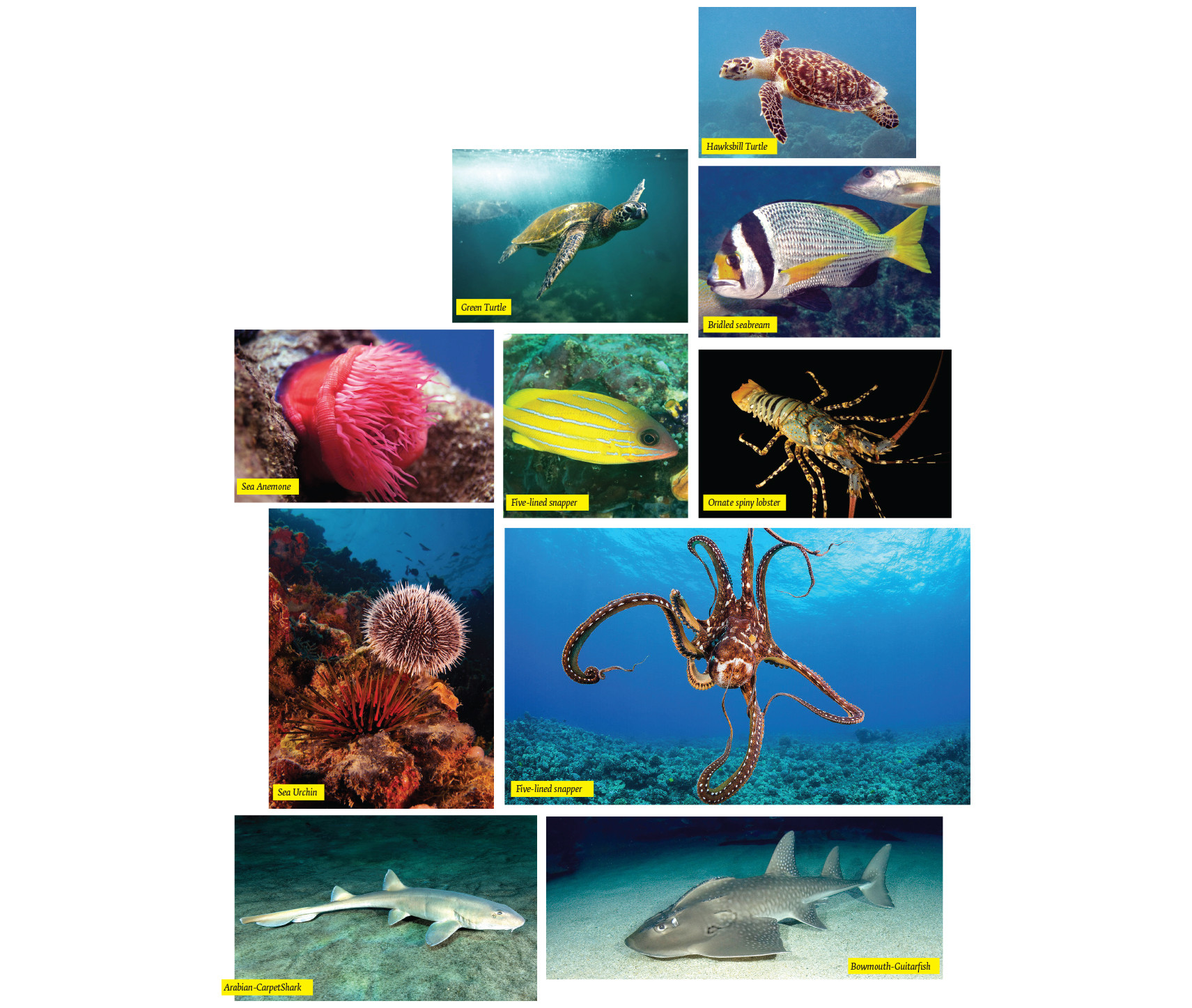
What is causing the ocean to die?
It is not something that has occurred overnight. It took years to bring the sea to the verge of dying. The relevant authorities do not take this up as a serious issue. Pakistan does not have climate change impacts anymore. The country is in the climate boiling stage now.
The major reason for this current situation is the untreated sewage that is being dumped in the ocean directly through 18 big nullahs from across the city. “There are hundreds of small nullahs that flow around the city and merge into 18 big nullahs that are directly connected to the ocean. All the waste of the city is dumped untreated. The untreated waste not just caused the ocean to turn filthy but the ‘fresh breeze’ which we think we are inhaling standing at the beach has all the bacteria caused by the untreated waste of this huge city,” Jamal explained. She added another cause for concern is the quality of seafood we consume that comes from this sea.
Due to the presence of pathogens (bacteria, viruses, and parasites) that can cause a number of diseases, untreated sewage disposed of into the ocean can have major health repercussions.
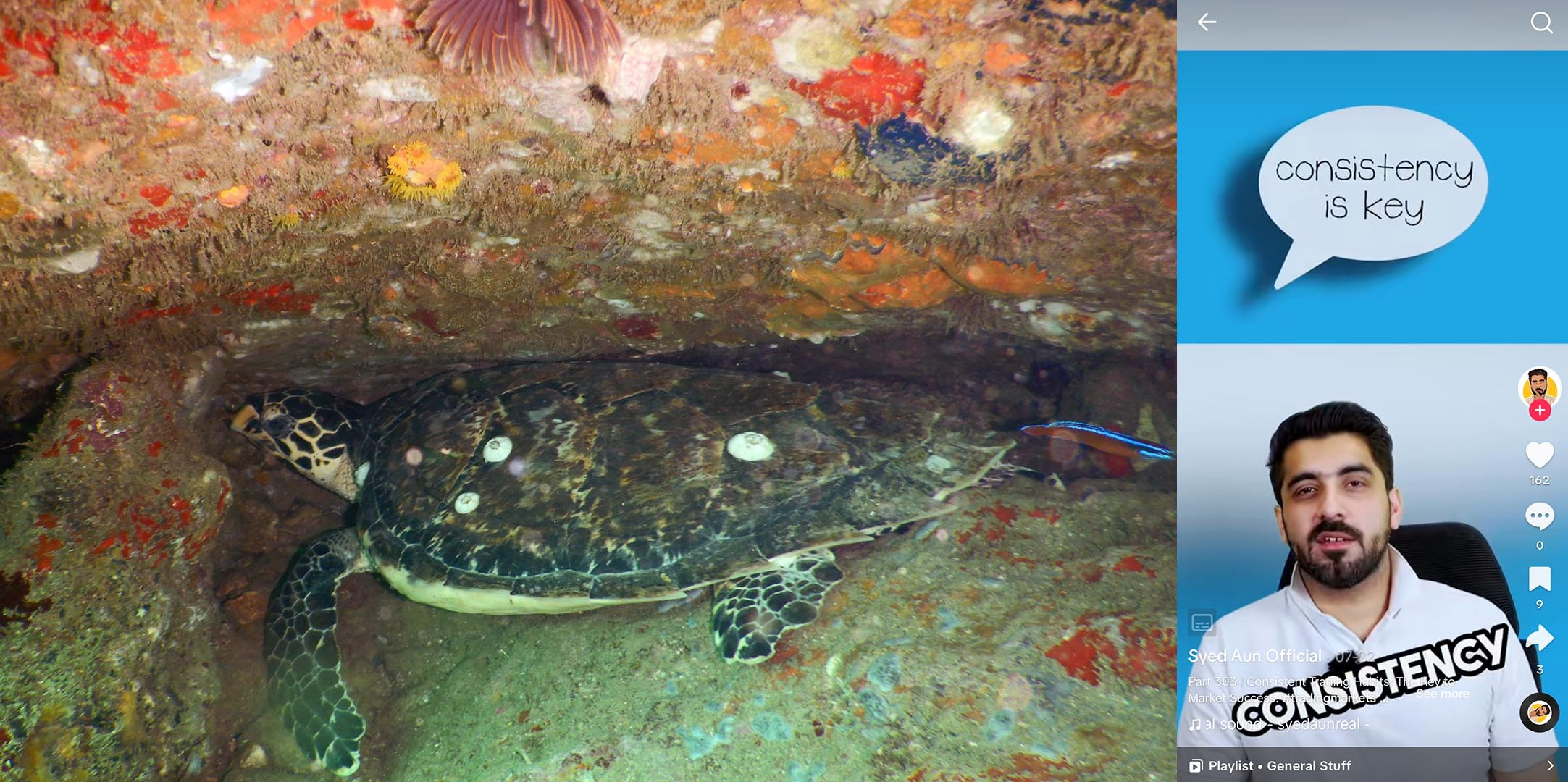
There are several ways that untreated sewage triggers illnesses to spread in the city. Untreated sewage can contaminate the water with pathogens that make it unsuitable for water sports like swimming, surfing, and fishing. Through direct contact with contaminated water, illnesses like gastroenteritis, cholera, and hepatitis A can be spread.
Clams, mussels, and oysters, which filter-feed, can collect infections from sewage-contaminated water. These shellfish can spread bacterial illnesses, the hepatitis A virus, and norovirus when eaten uncooked or undercooked, she explained.
The current situation in the city gives evidence of this contamination. Diseases are spreading fast among people. Antibiotics and antimicrobial compounds may enter the environment if untreated sewage is dumped into the ocean. This may lead to the growth of germs that are resistant to antibiotics, making illnesses more challenging to cure. “This is the reason why a lot of people have been suffering from stomachaches and diarrhoea even after three weeks of antibiotic courses as normal medication doesn’t work,” she added.
Jamal, who is certified by Ocean Quest Global, shared that the contamination is not just from human waste being dumped into the ocean but the industrial waste coming from 1,800 factories in the city which pollutes the water. “It amazes me to see how people do not worry that what they are eating or breathing is actually filth.”
Other than human waste and industrial waste, the issue of plastic trash is very problematic for marine ecosystems. Numerous plastic products, including bottles, bags, and microplastics, are dumped into the water, where they gradually disintegrate into smaller pieces. These plastics can be consumed by marine animals, which can cause them physical injury, harmful chemical consumption, and even death. Additionally, marine life can become entangled in plastic waste, which can harm them and hinder their ability to feed or move.
Various contaminants, such as heavy metals, pesticides, and medicines, are frequently found in untreated trash. These contaminants have the potential to poison the water and build up in the food chain when they enter the ocean. Consuming contaminated seafood may have negative effects on human health as well as harm marine species.
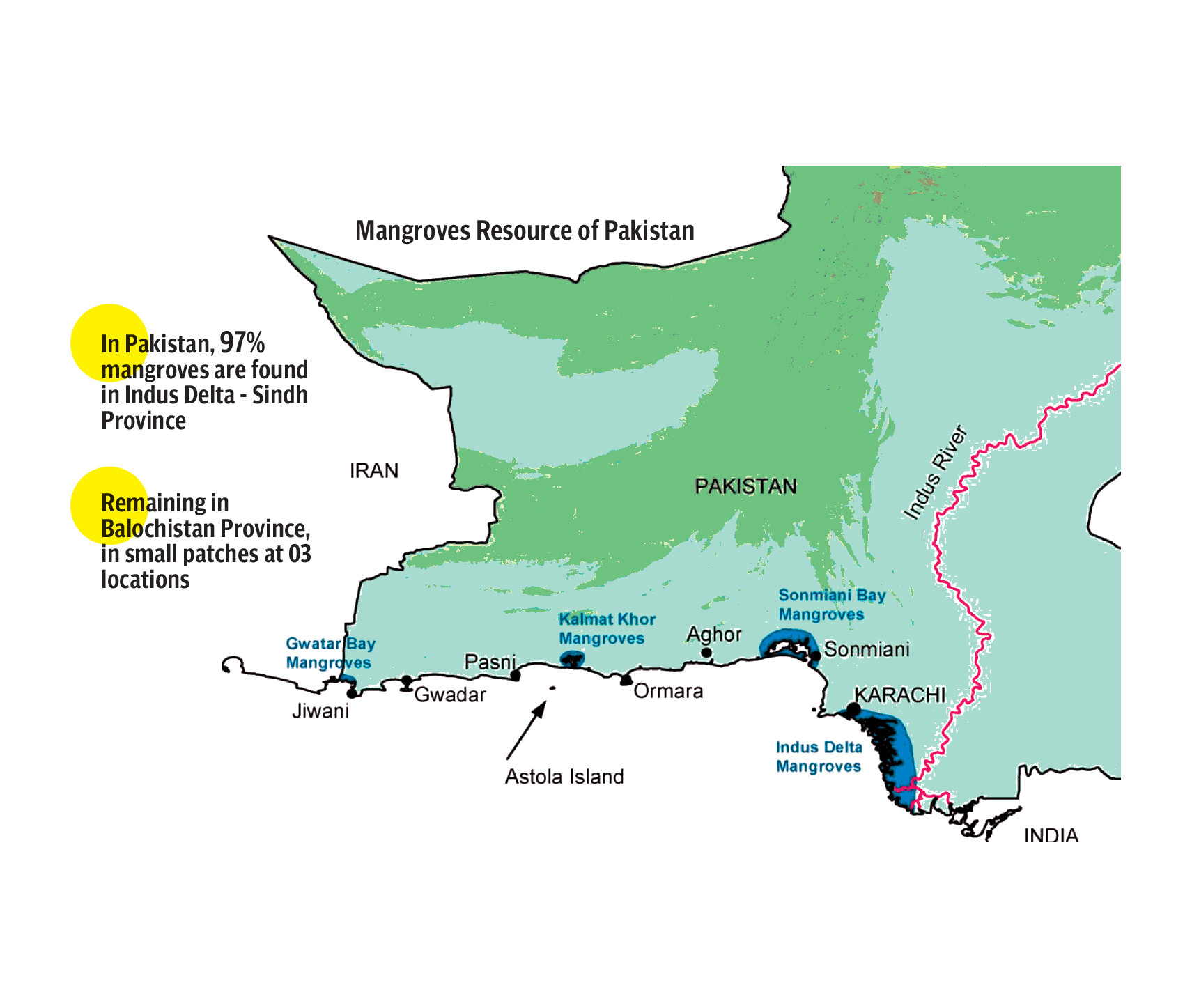
What is the solution to this emergency situation?
It is essential to upgrade the city’s sewage treatment facilities, put in place suitable waste management procedures, and control the release of pollutants into the ocean in order to curb the growth of diseases brought on by untreated sewage. To reduce human exposure to contaminated water and shellfish, adequate sanitation and hygiene measures are also crucial. Public education and awareness campaigns can also help the general public comprehend the dangers of untreated sewage and promote responsible behaviour to safeguard both human health and marine ecosystems.
There are three ways to help restore the ocean, and the easiest and most effective is aerobic wastewater treatment which refers to the removal of organic pollutants in wastewater by bacteria that require oxygen to work.
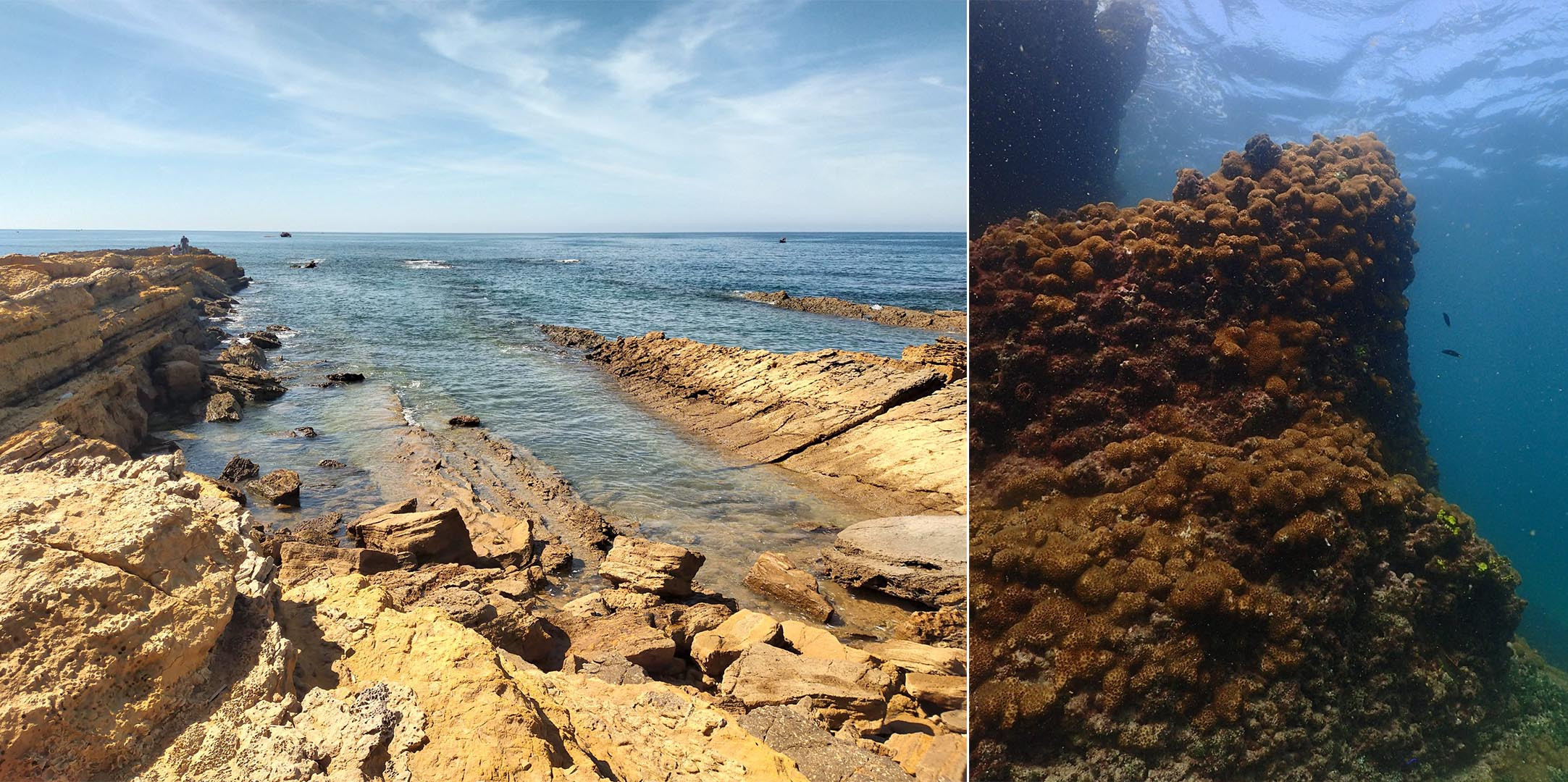
Water and carbon dioxide are the end products of the aerobic wastewater treatment process. Processes include trickling filtration, activated sludge, and rotating biological contractors. Bacteria that thrive in oxygen-rich environments work to break down and digest the wastewater inside the aerobic treatment. “It requires building four large concrete tanks that employ oxygen to break down organic pollutants as well as other pollutants, like nitrogen and phosphorus, that eat all the bacteria and it instantly starts working as the sewage water is dumped in the tank, the treated water will rise up and will be shifted into the next tanks where the same process will be done. Then comes the third tank and the last and fourth tank will have UV light that will help in killing all the bacteria left from where the treated water can be directly connected to the ocean,” Jamal explained.
Along with the aerobic water treatment tank, an air blower or compressor will be installed, which is a mechanical aeration device that continuously adds oxygen to the wastewater or sewage. “It’s like it will eat all the filth, it’s a natural process,” she said.
Another option is the AM solution which is a nano filter. A third solution is changing filtration yearly but both are costly given the situation of Karachi is such that investing that much money in something like clean air and water would be too much to ask from the government.
Right now Jamal and her team are trying to estimate and install a pilot aerobic sink tank at one disposal nullah. All this, however, requires help from the provincial and local government.

What other problems are caused by the untreated dump?
The untreated sewage or waste that has been dumped into the ocean over time not just causes diseases in humans but also makes corals die, and marine life has been disturbed tremendously. “We can install water bubbles at the sea bed which will help move all the plastic waste to a corner from where it can be extracted and dumped. These bubble cartons do not affect the marine life to move and ships can move around easily,” suggested Jamal, while lamenting that no one wants to work on the rehabilitation of the ocean which is sad and alarming at the same time.
One of the most biologically diverse ocean ecosystems, coral reefs, can be harmed by debris and contaminants carried by untreated sewage runoff. Coral may become stressed and weakened by these contaminants, which increases their susceptibility to ailments and bleaching outbreaks brought on by rising ocean temperatures.

Important marine habitats including seagrass beds, mangroves, and coastal wetlands can be destroyed by the careless disposal of rubbish and debris. A vast variety of marine organisms can find breeding grounds, nurseries, and shelter in these settings.
Visualising what is under the sea, Jamal explained how most of the time she and her team dive in the sea to find nets on the seabed left behind by fishermen. “Once while diving between Churna Island and Gawadar, we found a dead female lobster stuck in a net with thousands of eggs attached to her. Now who is responsible for such cruelty?” she asked adding that across the world if a fisherman catches a pregnant sea animal, they have to return it to the water but here many animals die due to untrained fishermen.
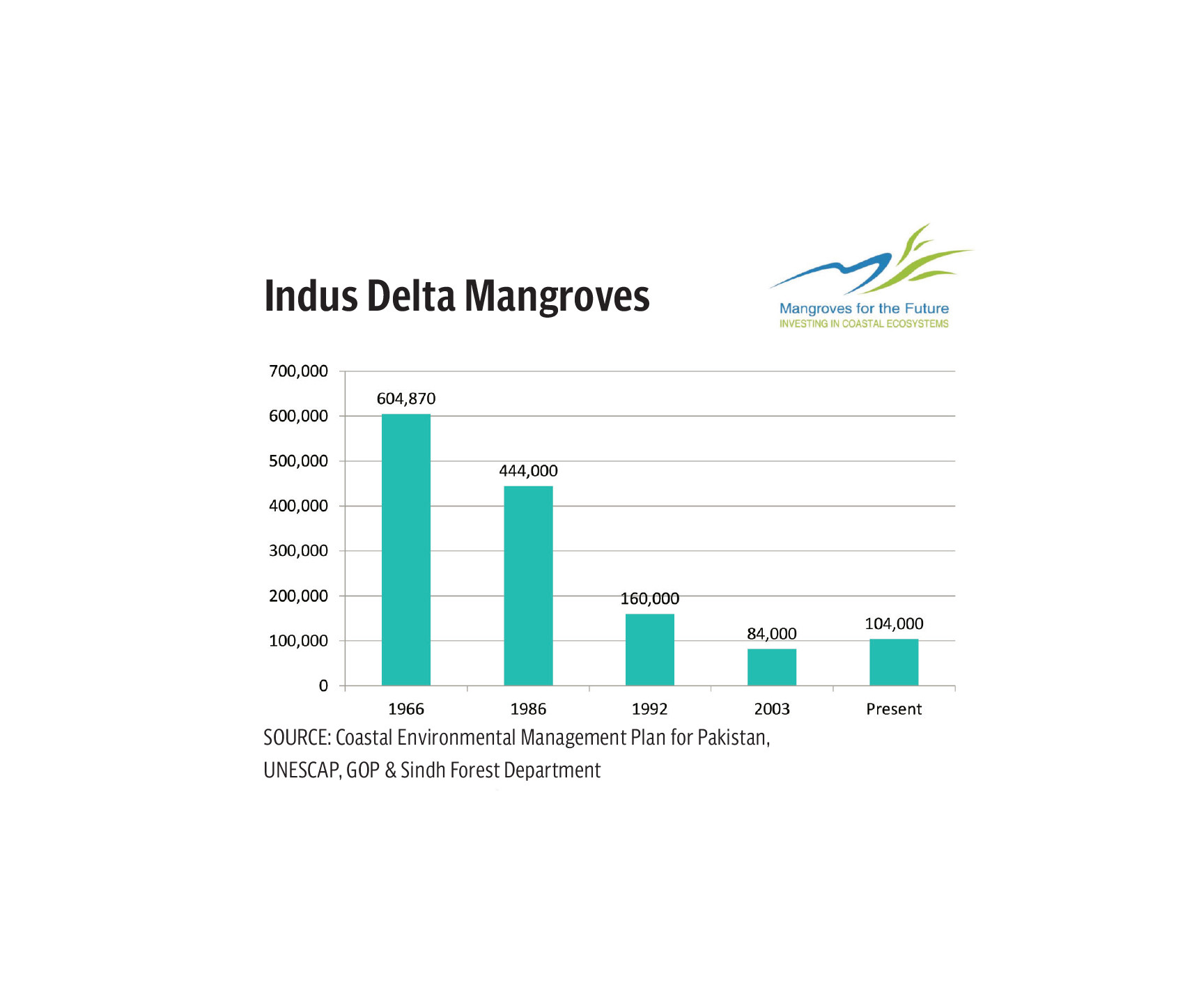
How much time will it take to restore the dying ocean?
Ocean health restoration is a long-term undertaking that calls for persistent efforts and cooperation at the local, national, and international levels. By embracing sustainable behaviours, advocating for change, and supporting programs that seek to save and regenerate our marine ecosystems, each person can make a difference.
The damage that has been done over the years cannot be overcome in weeks. Similarly, what has been done to the ocean cannot just reverse by putting up a sink tank. Instead, a lot of effort and consistency is needed to help revive it. “Setting up the sink tank and stopping the filth from adding into the sea is the first step. That will start showing the results over a few months. The air quality will start to get better but constant intervention and help is required to bring back the marine life that has suffered, such as coral reef, seashells, oysters, mussels and many more that cause the natural cycle for restoration,” the marine conversationist explained.
What if still no action is taken?
In the last few weeks, the residents of Karachi have faced prolonged diseases such as inflammation of the stomach and intestines - a characteristic of this common aquatic infection. It causes symptoms like vomiting, diarrhoea, dehydration, and stomach pain.
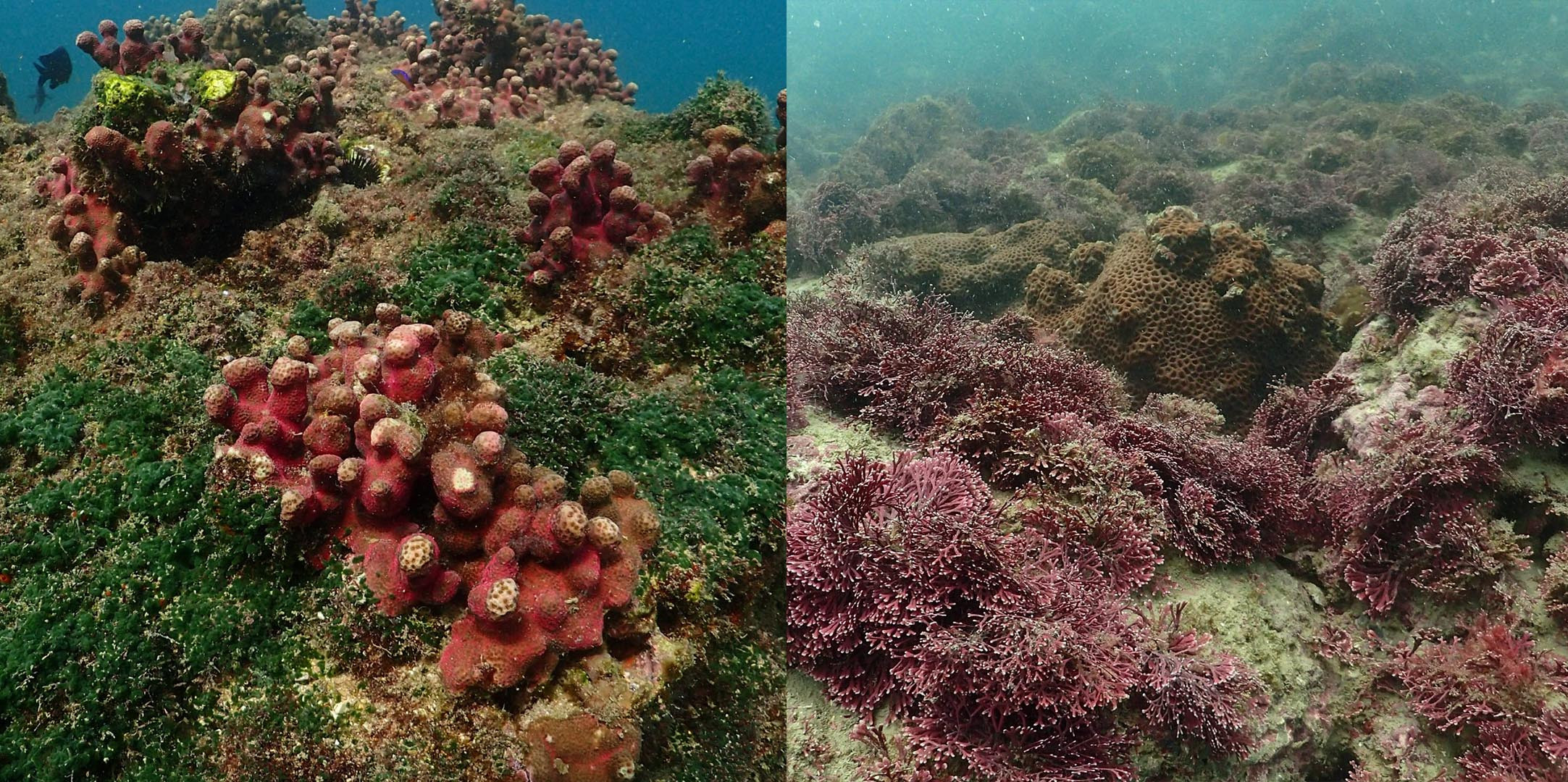
Gastroenteritis is frequently brought on by pathogens, such as bacteria (Salmonella, Escherichia coli), viruses (norovirus, rotavirus), and protozoa (Giardia, Cryptosporidium). “If the filtration of waste is not to be taken seriously, we will see a higher death toll in the next one-year cycle. Right now, it is just impacting the ones living near the sea and breathing the toxins in the air but soon it will start spreading in the water we drink and the food we eat,” Jamal pointed out, sharing an example that she restored a horse stable a few years back and the quality of the hairs, eyes, and skin of the horses got better within a few months.
“If we do not notice the skin diseases, hair loss, and nails and eyes are getting directly affected because of what we are exposed to every day. Similarly, depression and negative emotions that we see around us is due to the fatigue in the environment,” Jamal explained adding that if we even start today to restore the ocean, in the next few months, the quality of the environment will improve markedly, the air will be clean and clear and it will be less stressful too.
How can plastic waste be controlled?
A thorough and multifaceted strategy including individuals, communities, businesses, and governments is needed to control plastic trash. There are a few approaches that can be used.
One is to establish a waste management plant, just as Singapore has done, that converts the plastic into sand. The sand can be used to construct anything and everything from roads to parks to buildings and is a better alternative to concrete.
Secondly, as there are many concrete brick-making factories in underprivileged areas which can use plastic too. By using crushed plastic in 40% of concrete, these bricks can be provided to the poor to build their houses. “Plastic waste mixed with concrete can help the homeless to construct their houses and is totally safe as well. This can reduce plastic waste in the sea and also can help the homeless,” Jamal added.
